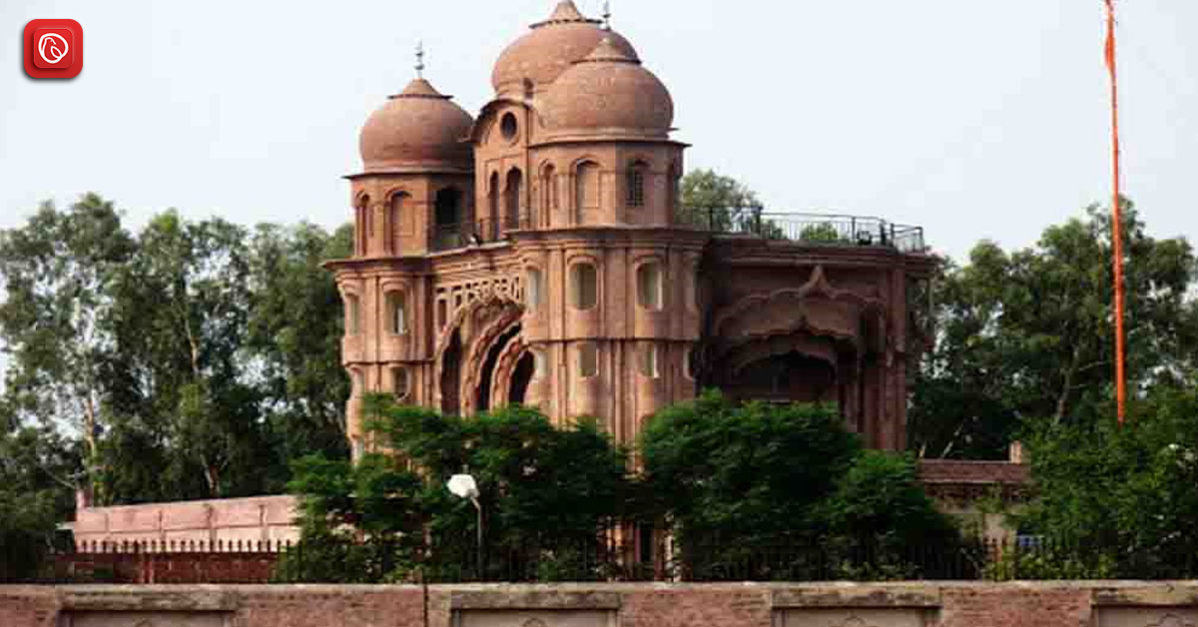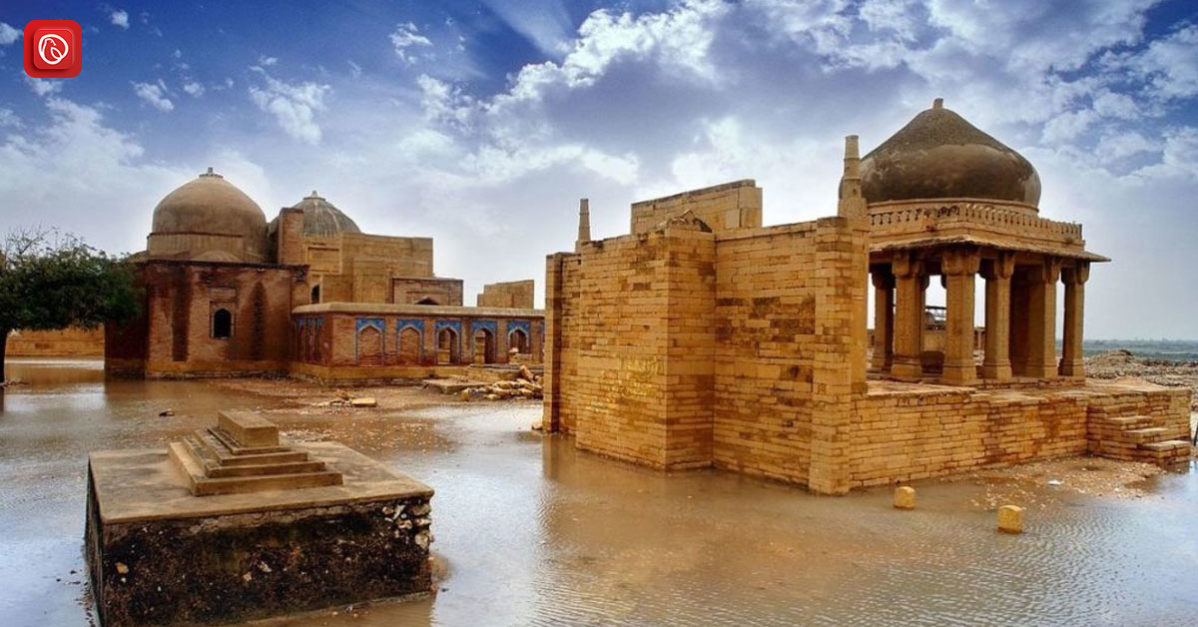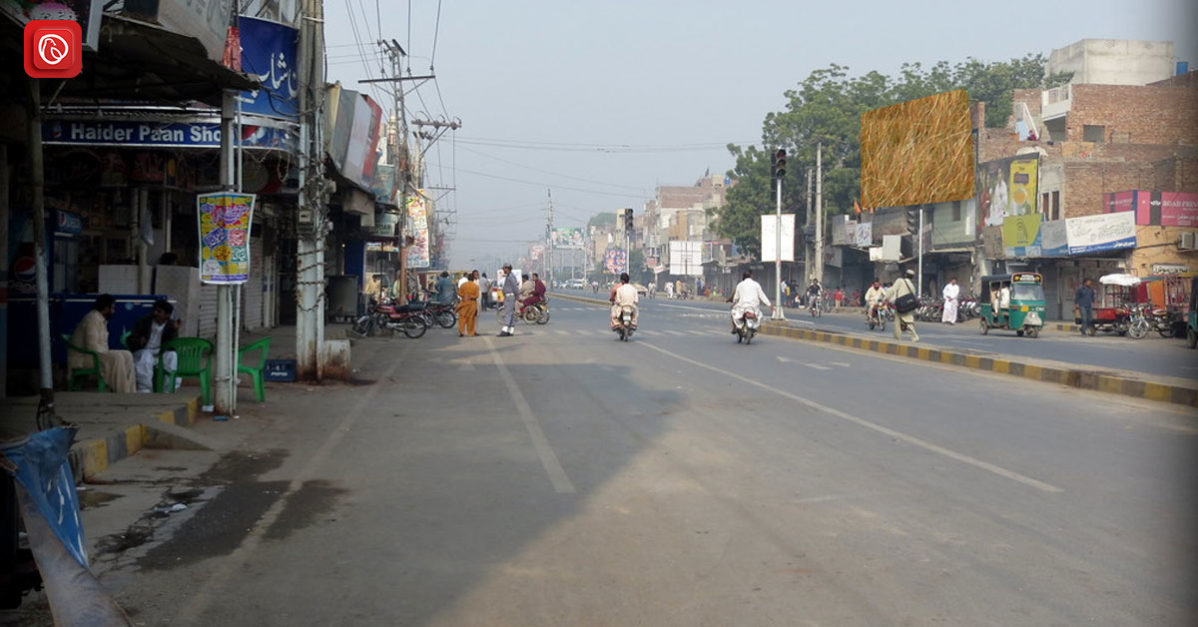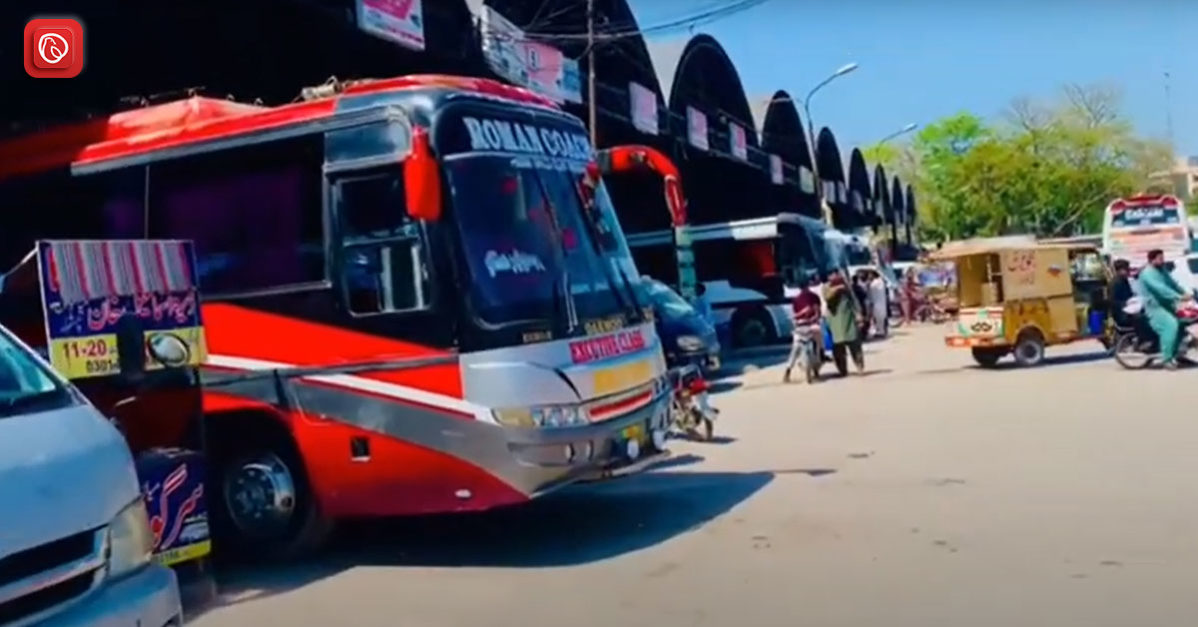Kamoke, the busy metropolis, and capital of Kamoke Tehsil, is in the center of Punjab, Pakistan. Located on the iconic Grand Trunk Road, this vibrant area is the hub of Pakistan’s renowned Basmati rice trade and a central administrative division. Explore Kamoke’s bright tapestry, busy markets, rich agricultural background, and the distinct cultural character it has cultivated.
For more details on Kamoke, keep reading!
Location
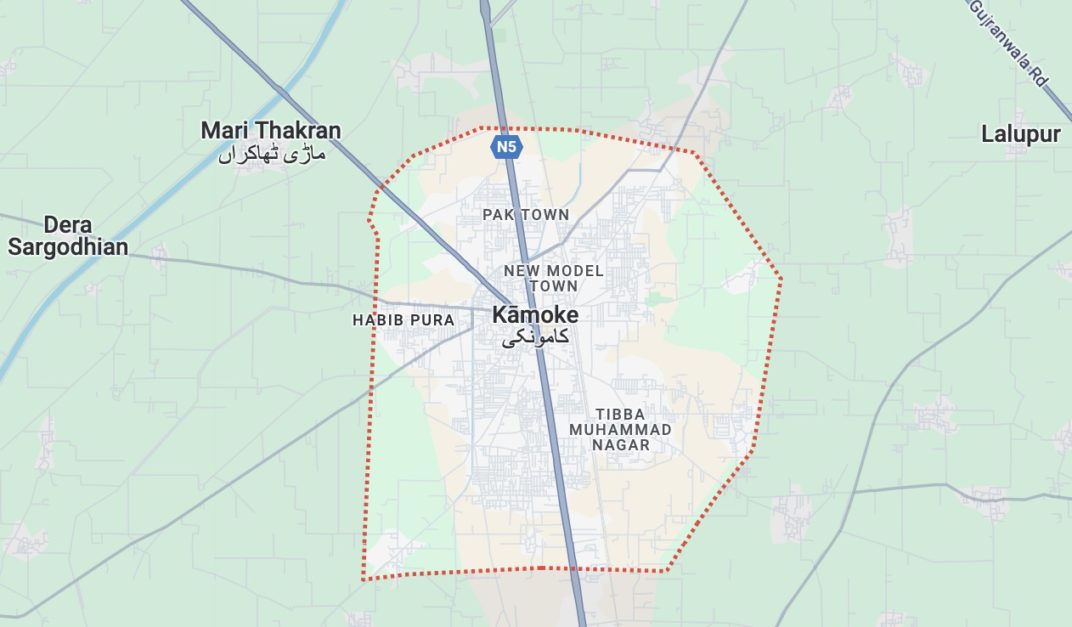
Kamoke is situated in a vital area of Pakistan’s Punjab province. Kamoke is located in the middle of a network of critical urban centres, around 20 kilometres northwest of the busy city of Gujranwala.
Notably, the provincial capital of Lahore is only 100 km southeast, providing easy access to a major centre of the economy and culture. But Kamoke’s location on the Grand Trunk Road gives it its claim to connection.
This historic route links Kamoke to many other cities and towns, which serves as a vital thoroughfare throughout Pakistan. This path connects Kamoke to Lahore, which is only 44 kilometres distant. Therefore, there is a steady flow of people, commodities, and ideas. Because of its accessibility, Kamoke is a well-connected node within Punjab.
Etymology
The town was named after a group of Jatt Sikhs and Muslims from Chaudhary known as Kamoke.
Kamoke’s Administrative Structure
A two-tiered administrative structure governs Kamoke:
Tehsil Kamoke
The capital of Kamoke Tehsil, a Gujranwala District subdivision, is Kamoke City. The 8 Union Councils that comprise this subdivision represent the lowest tier of local administration.
Municipal Town Administration
The Town Municipal Administration, which is in charge of running the city’s affairs, is in charge of Kamoke. To meet the community’s requirements, this administration maintains vital services such as the Tehsil Civil Courts, a police circle, and a hospital at the Tehsil headquarters.
Kamoke: The Land of Rice
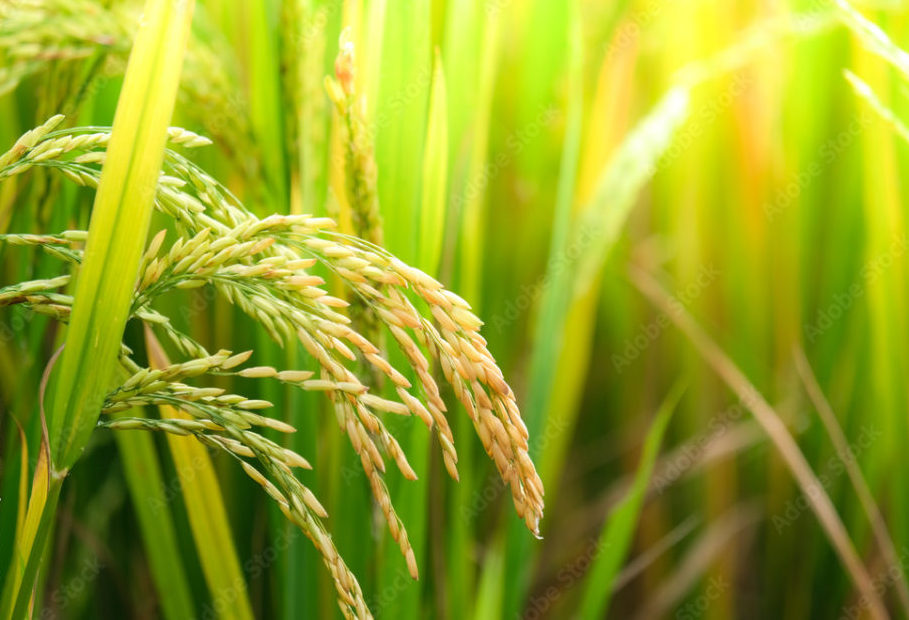
In South Asia, Kamoke is a significant hub for the rice trade. The city is home to the area’s most extensive rice market. Millers, farmers, and traders come together in this bustling activity hub. Every day, truckloads of just harvested rice come, their contents carefully examined and haggled over. The sound of haggling and the pleasant clink of rupees changing hands fills the air.
Basmati: The Jewel in the Crown
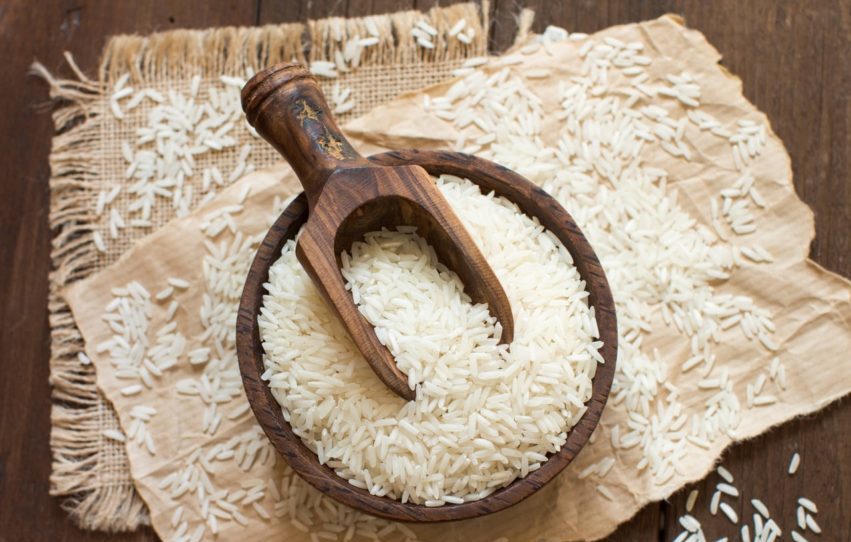
However, the real highlight of Kamoke is its basmati rice. Farmers in Kamoke meticulously cultivate this aromatic, long-grained rice variety. They value it for its fluffy texture and subtle flavor. Each step of the process is carefully controlled, from selecting only the best quality seeds to precisely regulating the water levels. The resulting basmati from Kamoke is a coveted export, gracing dinner tables across the globe.
Beyond the Harvest
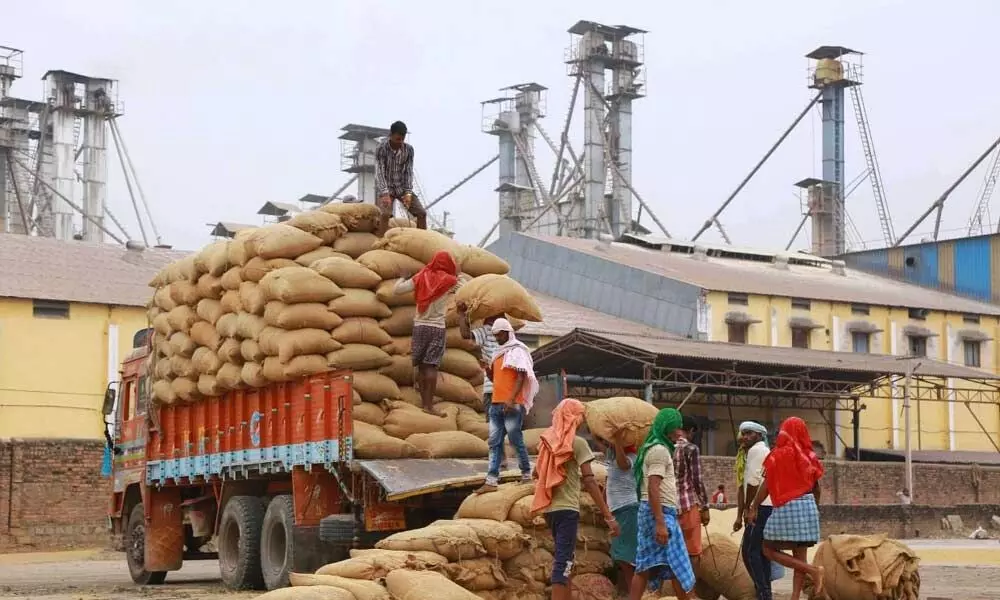
The love that Kamoke has for rice goes far beyond its production and commerce. Numerous rice mills dot the city, with technology turning unprocessed grains into pearls fit for consumption.
Local eateries are happy to serve basmati in various dishes, highlighting the flexibility of this cherished grain. The spectacular celebrations during harvest festivals are a testament to the deep-rooted bond between Kamoke and its golden treasure.
Sugar Cace
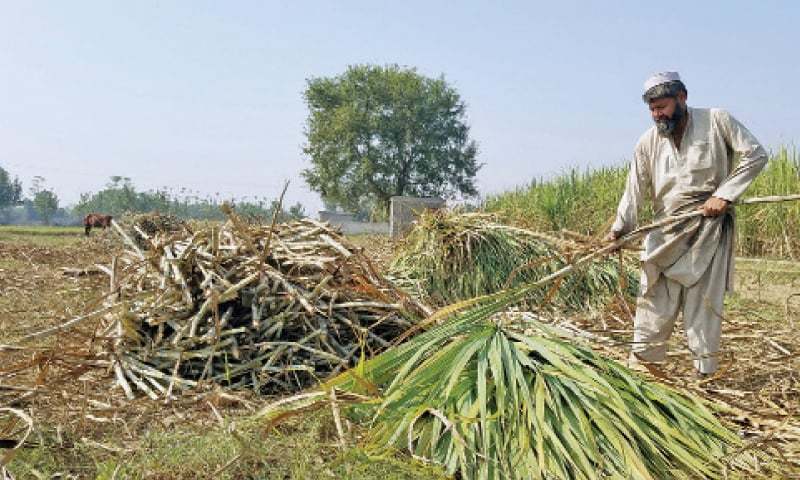
The rice waves are just one part of Kamoke’s agricultural tapestry. A basic food source, wheat grows abundantly in fields. A mixture of plants gives the land vibrant life, and sugarcane lends its sweetness to the mix. Because of this diversity, Kamoke’s agricultural yield is guaranteed, which greatly contributes to the area’s economy.
Languages
Like many other regions of Pakistan, Kamoke is a dynamic linguistic melting pot. Punjabi, the language spoken by the majority of the Punjabi community, is the most prevalent thread in this linguistic tapestry. The familiar soundscape of Punjabi permeates city’s houses and streets.
Pakistan’s official language, Urdu, is also fundamental. It is commonly understood and employed in official contexts such as government offices and schools. Urdu serves as a conduit for more communication for people looking for career or educational opportunities.
English, taught in schools, is used in commerce and politics. While English is less widely spoken than Punjabi or Urdu, it connects people to the outside world, especially in business and government.
This bilingual reality captures the vibrancy of Kamoke, where modernity and tradition coexist to create a distinct way of life.
Education
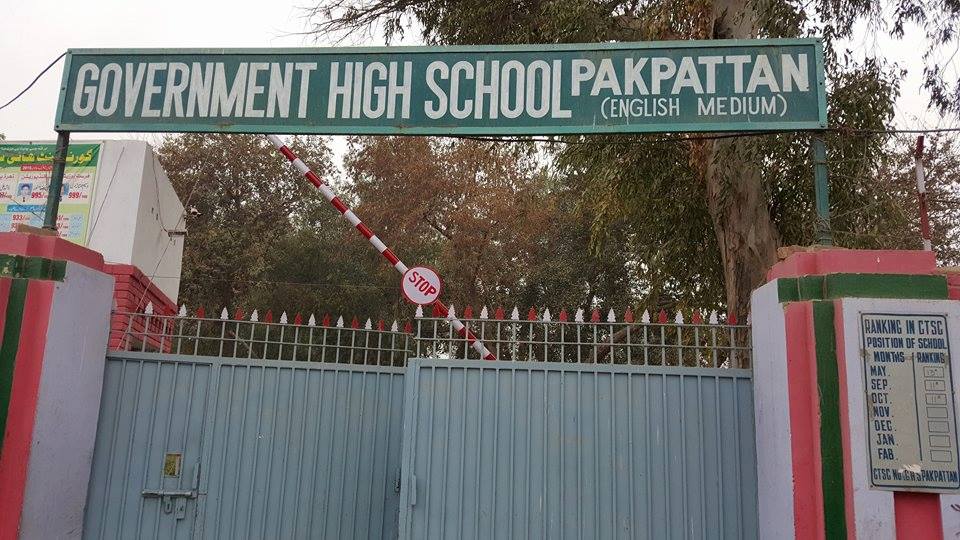
A wide variety of educational opportunities are available in Kamoke, such as government schools such as colleges for both genders, an institute of commerce, and a vocational training centre just for girls. Several private colleges address various needs, including United College, Webster College, and The Educators.
Institutions such as The Foster School System, The Sheraz Pilot School, NSFHS (New Science Foundation High School), and The Muslim Model Girls High School offer primary and secondary education.
Kamoke: A Historic Town Thriving in Punjab
With more than 264,000 inhabitants, the Pakistani municipality of Kamoke is a hive of activity. It is the administrative hub of Kamoke Tehsil, a Gujranwala District subdivision. Conveniently situated across the Grand Trunk Road, Kamoke is only 21 kilometers from Gujranwala and 44 kilometers from the energetic metropolis of Lahore.
Kamoke’s story begins during the Mughal era, under the reign of the illustrious emperor Akbar the Great. Since its founding, the town’s population has grown steadily. The city’s administrative importance in the region was solidified in 1992 when it was declared the tehsil headquarters, thanks to the leadership of MPA Ch. Abdul Wakeel Khan.
From Mughal Splendor to Modern Pakistan
The Mughal Empire’s vast territory, which encompassed the Indian subcontinent from the 16th to 18th centuries, embraced Kamoke. This rich historical period forms the backdrop for Kamoke’s story. The Mughals left an indelible mark on Punjab’s architectural style and cultural identity, and Kamoke was no exception.
But gradually, the Mughal era ended, and Punjab came under British colonial administration in the 19th century. The British established new towns and invested in infrastructure construction, changing the administrative environment. Undoubtedly, Kamoke and the neighboring areas were touched by these developments.
The division of British India in 1947 marked a turning point. Like many other towns and cities in Punjab, Kamoke was profoundly affected by this historical event. Pakistan was established due to the split, and Kamoke was well-positioned inside the new country.
Kamoke’s Modern Transformation: A City Forging Its Future
Like many other Pakistani cities, Kamoke experienced a new beginning with the country’s independence in 1947. Driven by the prospect of a more promising future, Kamoke experienced a swift urbanisation. The attraction of more prospects drew people from rural areas into the city. This demographic inflow greatly aided the growth of Kamoke.
In the last few decades, karaoke has flourished in several industries. By offering necessities, the city hopes to improve its citizens’ living standards.
The city’s recorded and lived history has influenced its current state. Kamoke embraces a vibrant future while holding onto the remnants of its history as it continues to change.
A Tapestry of Culture in Kamoke
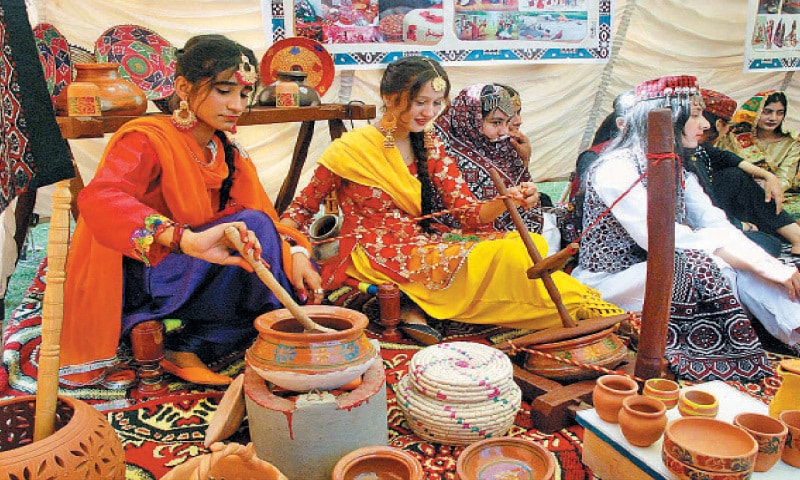
This city has a thriving cultural scene that is a reflection of the diversity of its people.
Punjabi Roots
Punjabi is the most common language in the city. This is also reflected in the traditional clothing of men in kurta pajamas and women in shalwar kameez and dupatta.
Gourmet Treats
The cuisine of this city entices the senses with its distinct blend of spices and flavours. Kebabs, nihari, and biryani are just a few delectable dishes native to the area.
Religion
Islam is the most common religion in the city, as seen by the large number of mosques and other places of worship.
FAQs
Following are some of the top FAQs.
Q: What’s the city famous for?
A: Rice! It’s the “City of Rice” with the largest market in South Asia.
Q: What is the location of city?
A: It is in Punjab, Pakistan, near Lahore (44 km) and Gujranwala (21 km).
Q: What language do they speak?
A: Punjabi is the primary language, but Urdu and English are also prevalent.
Q: What’s the food scene like?
A: Spicy and flavorful! Think biryani, nihari, and kebabs.
Q: What can you do in the city?
A: Visit the Ghalla Mandi rice market, try the food, explore the culture, and enjoy festivals!
This was all about Kamoke. For more information, visit Graana.com.
